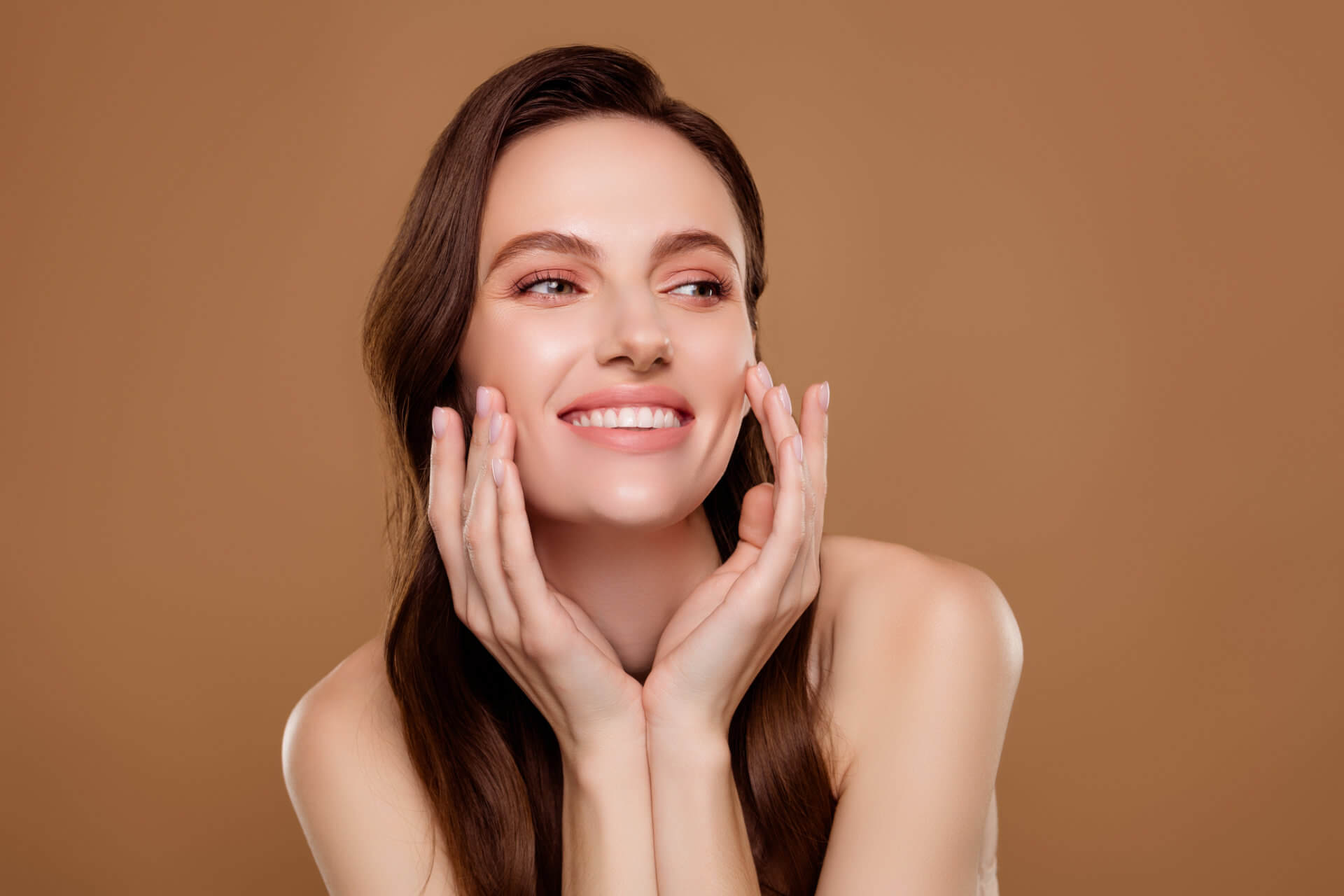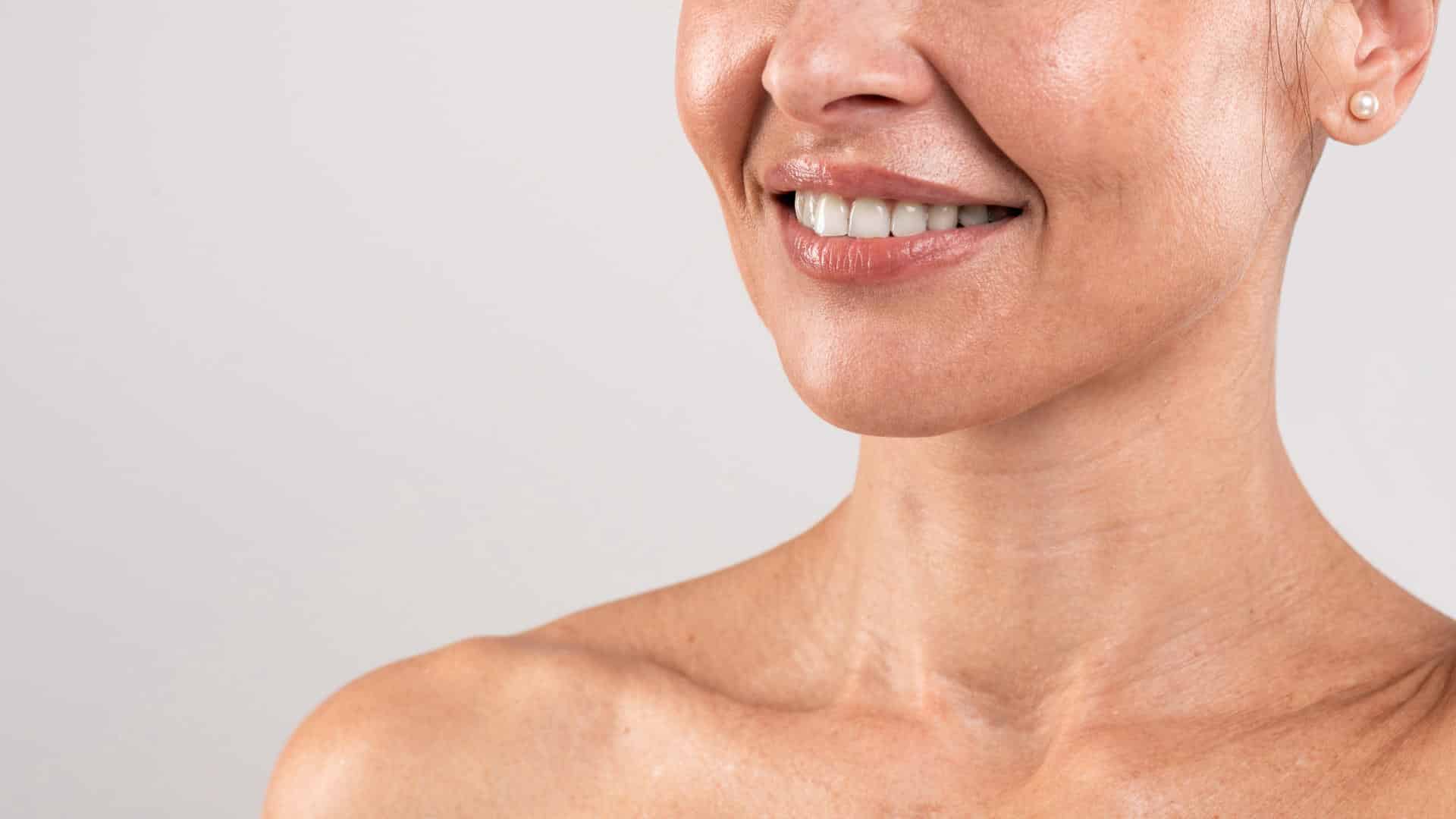Even after acne clears, the marks it leaves behind can linger for years. These changes in skin texture or color may look raised, indented, or discolored. While time can help fade some marks, deeper acne scars may need professional treatments to improve their appearance.
At U | 180 Medical Spa & Wellness, we see many patients from across Northeast Louisiana seeking ways to reduce the visibility of old breakouts. Advances in medical aesthetics have made it possible to treat acne scars using methods that focus on resurfacing, stimulating collagen, and evening skin tone. With the right approach, these marks don’t have to be permanent.
Why Acne Scars Form
Acne scars form when inflamed blemishes damage the deeper layers of skin tissue. During the body’s natural healing process, collagen production can become unbalanced, either producing too little, which creates indented scars, or too much, which leads to raised areas. Certain types of severe acne increase this risk because the inflammation extends below the surface of the skin, but it can be present with milder acne, too, depending on how you care for the breakouts.
Factors That Can Increase Your Risk of Scarring
Picking or Squeezing Pimples
Breaking the surface of a pimple can tear the follicle wall and push debris deeper into the skin. This triggers a stronger inflammatory response and increases the likelihood of damaging the surrounding tissue. What might have been a small blemish can become a noticeable scar as the skin repairs itself unevenly.
Prolonged or Severe Inflammatory Acne
Long-lasting acne creates repeated cycles of swelling and healing that weaken the skin’s structure. The body’s natural repair process may produce collagen in uneven amounts and cause the pitted or raised scars that remain long after the breakout fades. Inflammation tends to damage more skin than your body can replace, which is why you may end up with pitted areas across your cheeks, forehead, and other areas.
Genetics and Skin Type
Inherited differences in collagen production and healing determine how your skin responds to acne-related inflammation. Some people naturally form thicker, denser scar tissue, while others experience collagen loss that results in shallow depressions. Melanin activity also varies, which can make post-inflammatory pigmentation darker or more visible on certain skin tones.
Delayed or Inappropriate Acne Treatment
When acne is left untreated or managed with harsh products, the inflammation can persist and gradually damage the skin’s structural integrity. Scrubbing or drying the skin too aggressively often removes its protective barrier and slows the healing process. Without proper support, inflamed areas can heal unevenly and leave behind texture and pigment changes that are difficult to fade naturally.
Types of Acne Scars
- Ice Pick Scars: These scars are narrow, deep indentations that resemble small punctures in the skin. They form when inflammation destroys tissue and leaves behind a vertical channel that is difficult for the skin to repair naturally.
- Boxcar Scars: Boxcar scars have sharp, defined edges and look like round or oval depressions. They result from collagen loss after severe acne, and their shape makes acne scar healing more challenging without professional treatment.
- Rolling Scars: Rolling scars create a wavelike texture across the skin’s surface. They develop when fibrous bands pull the top layer of skin downward and create uneven contours that become more visible in certain lighting.
- Hypertrophic and Keloid Scars: These scars occur when the body produces too much collagen during the repair process. Hypertrophic scars remain within the boundaries of the original blemish, while keloids extend beyond and can appear raised or firm to the touch.
- Post-inflammatory Hyperpigmentation: This condition is not a true scar but rather a discoloration that develops after inflammation heals. Dark or red marks can remain visible for months as the skin gradually restores its normal pigment balance.
How to Get Rid of Acne Scars
Understanding how to get rid of acne scars starts with knowing that each type of scar responds best to different approaches. At-home options such as retinoids, exfoliating acids, and sun protection can help improve surface tone and prevent existing marks from darkening. Professional treatments take results further by stimulating collagen, resurfacing damaged tissue, and promoting more even skin texture. Combining consistent skincare with advanced in-office treatments offers the most comprehensive way to reduce visible scarring and restore a smoother appearance.
Professional Acne Scar Treatments
- EnerJet®: This treatment has jet-injection technology that lets us deliver restorative ingredients beneath the skin without needles. A gentle burst of air pushes compounds like hyaluronic acid into the dermis, where they encourage collagen renewal and smoother texture. Because the solution spreads evenly, EnerJet can help improve deeper indentations and support gradual acne scar removal.
- DermaFuse®: Using a method called electroporation, DermaFuse creates tiny openings in the skin so we can infuse it with ingredients that promote renewal. This process supports healthy collagen production while also helping to fade discoloration left behind from breakouts.
- Préime (DermaFacial): Préime DermaFacial combines technologies such as hydrodermabrasion, radiofrequency, and ultrasound to cleanse, exfoliate, and smooth the skin. We can adjust each step to target specific concerns, like texture or pigmentation, for a well-rounded acne scar therapy.
- V-FORM: With V-FORM, we apply controlled radiofrequency energy to warm the deeper layers of your skin. This heat encourages collagen remodeling and helps the surface look smoother and more even. The experience feels like a mild warming massage, and you can resume normal activities right away.
- V-IPL: V-IPL treatments use pulses of light that we direct toward lingering redness or dark marks from acne. The light energy targets excess pigment, which fades as your skin renews itself. This approach is best for discoloration-related acne scars and involves little to no downtime.
How to Combine Treatments for the Best Results
The best treatment for acne scars and dark spots is often a combined approach. Some scars improve more when different methods are used together rather than alone. Combining treatments such as EnerJet or DermaFuse with quality skincare at home can enhance collagen remodeling and pigment correction. A layered approach allows us to address texture, tone, and firmness at the same time.
Heal Your Skin With Acne Scar Treatments in Winnsboro, LA
Smoother, clearer skin is possible with the right combination of advanced treatments and consistent care. Each acne scar treatment we offer is designed to improve texture, even tone, and support long-term skin health. To learn more or schedule a consultation with U | 180 Medical Spa & Wellness, call (318) 412-2261 or contact us through our online form. We serve Winnsboro, LA, and patients across Northeast Louisiana.


